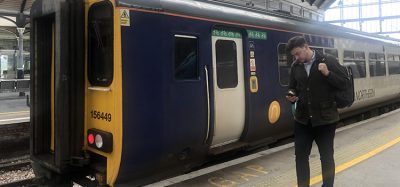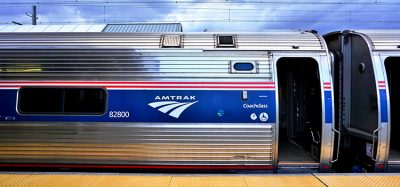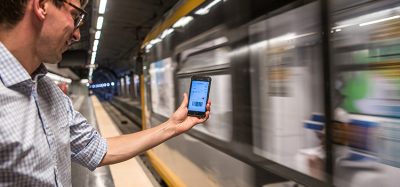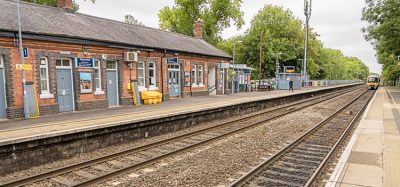Overcoming Olympic-sized Requirements for the French Rail System
Posted: 9 August 2023 |Michele Martoccia|No comments yet
In the summer of 2024, more than 9.7 million spectators and 10,000 athletes will be commuting throughout France for the 2024 Paris Olympic Games. With this in mind, every aspect of the nation’s rail infrastructure has to run optimally in order to provide fast and reliable station-to-station service for the duration of the games.
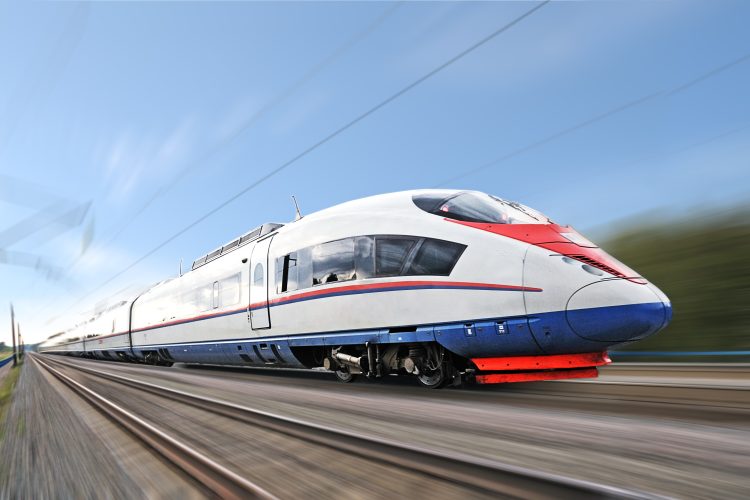

Going for gold
With over600000名观众expected to attend the opening ceremony in Paris, the demand for public transport will be extremely high from the onset. According toManaging the Olympics,the number of attendees at the Barcelona and Sydney Olympic Games were predicted to betriple the local populations, while at London 2012,the demands for transport were twice the size of typical peak demands.
To overcome the intense demand for fast and reliable transport links to the various event locations across the capital, French rolling stock manufacturer Alstom needed to carry out a complete revamp of Paris’ rail. They would then need to address the transportation routes that connect Paris with the rest of France and mainland Europe.
In July 2018, a firm order for over 100 next-generation Avelia Horizon very high-speed trains (TGV M) was approved by the Board of Directors at SNCF Mobilities, France’s national state-owned railway company. To ensure reliable connections for attendees travelling from Italy and Switzerland, a further 15 trains was ordered in the summer of 2022, with Alstom carrying out the upgrades required for a reliable service.
Drawing from previous experience
For the commuters set to use these trains, quick and adaptable Wi-Fi connectivity will be a necessity. Innovative Internet Onboard System (IOB) optical fibre backbones and fibre optic assemblies held the key to overcoming the expected demand for high bandwidth services, yet the concept of fibre optic technology was still relatively new to the Alstom engineering, quality and installation teams. This meant a partner with experience in these technologies was required.
Previous experiences in developing fibre-optic solutions for rail networks, led Alstom to bring HUBER+SUHNER into the fold for its 2024 Olympics overhaul. The TGV M project was to be made up of two phases. Phase one would involve the development of detailed fibre-optic assembly designs that had to be compliant not only with Alstom’s specifications, but with all international standards. The second phase would cover the mass production of fibre-optic assemblies to be implemented across the entire AVELIA Horizon fleet.
Alstom needed an on-board fibre-optic backbone solution that would be reliable, sustainable, and cost-effective throughout the service. The solutions designed by HUBER+SUHNER would enhance the train’s offering, but to ensure these were utilised appropriately, the vendor would need to provide Alstom with constant support and knowledge transfer throughout the project.
Supporting an Olympic-ready service
HUBER+SUHNER supplied a range of solutions that complied with the strict requirements dictated by the Alstom endurance programme. Drawing from previous rail projects with similar briefs, appropriate solutions were provided that met typical rail life-time expectations. As part of the project, Q-ODC®-2 (quick-lock outdoor connector) railway hardened connectors were supplied to Alstom, alongside Mulitimode 3 RADOX®Twinfix fibre-optic cables, and customized fibre-optic inter-vehicle jumper systems.
The Q-ODC®connectors proved to be one of the most important aspects in this project, with Alstom having previously had difficulty with other connectors in similar projects. The Q-ODC2 connectors provided by HUBER+SUHNER met the standards required, enabling higher capacity deployments of wireless infrastructure in communication applications. This would provide the connectivity soon to be demanded by passengers commuting to the Games.
Greater resistance was achieved through the customised RADOX®inter-vehicle jumper systems. These would not only withstand extreme weather conditions but would remain unaffected by constant movement, with the trains able to reach speeds up to 350 km/h. The SENCITY®Rail MULTI rooftop antennas and SENCITY®Rail OMNI-SR Slim 3×3 MIMO in-carriage antennas also ensured increased performance and reliable high-data-rate transmission for Wi-Fi and passenger information systems.
As dictated by the project, a customisable fibre-optic backbone capable of passing the demanding FAI and Prototype evaluations was created by HUBER+SUHNER. Implementing these has enabled the TGV M fleet to provide commuters with fast and reliable Wi-Fi and internet connections throughout the duration of their journey, no matter the conditions.
Powering the future of high-speed rail
The success of the partnership between Alstom and HUBER+SUHNER has been monumental, resulting in a fleet of high-speed trains capable of overcoming the travel and connectivity demands anticipated during the 2024 Olympic Games.
设计的光纤骨干Avelia Ho)rizon trains, alongside the jumper cables and other connectivity solutions will ensure fast, stable and reliable on-board connectivity becomes commonplace in rail networks across the globe. The impact of the technologies created for the project will be wide-ranging, and these will no doubt play a crucial role in future high-speed rail developments going forward.




